Here is a quick round up of my top five:
| The Photography Book Ian Jeffrey
|
| The Photographer’s Eye Michael Freeman
|
| Teaching Photography Rand & Steven
|
| Collins’ Complete Photography Projects Garrett & Harris
|
| Understanding Exposure Bryan Peterson
|
The original version of this blog post appeared on Damo's blog.

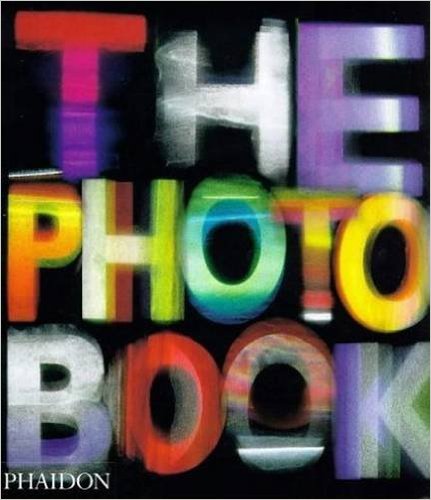
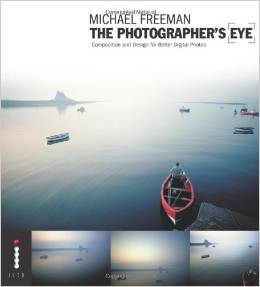
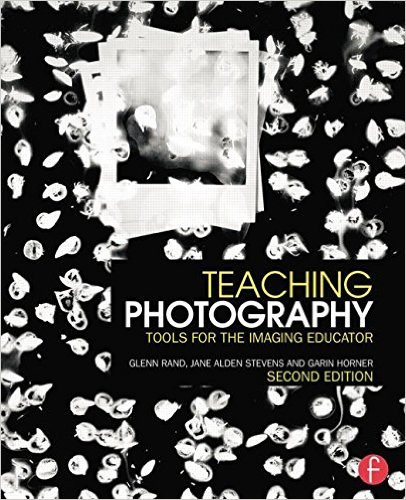
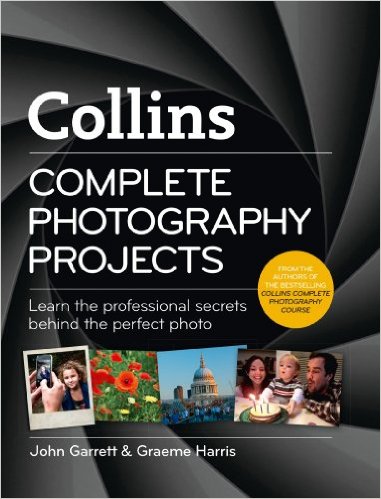
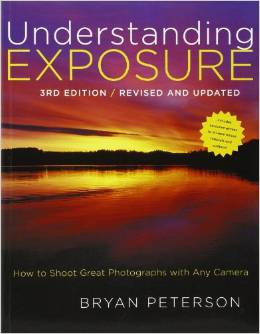
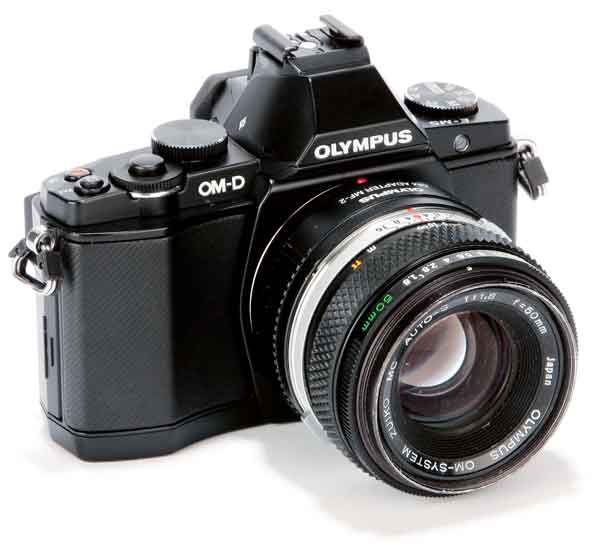
 RSS Feed
RSS Feed